OPEN ASSEMBLY
Experiments in Aesthetics and Politics



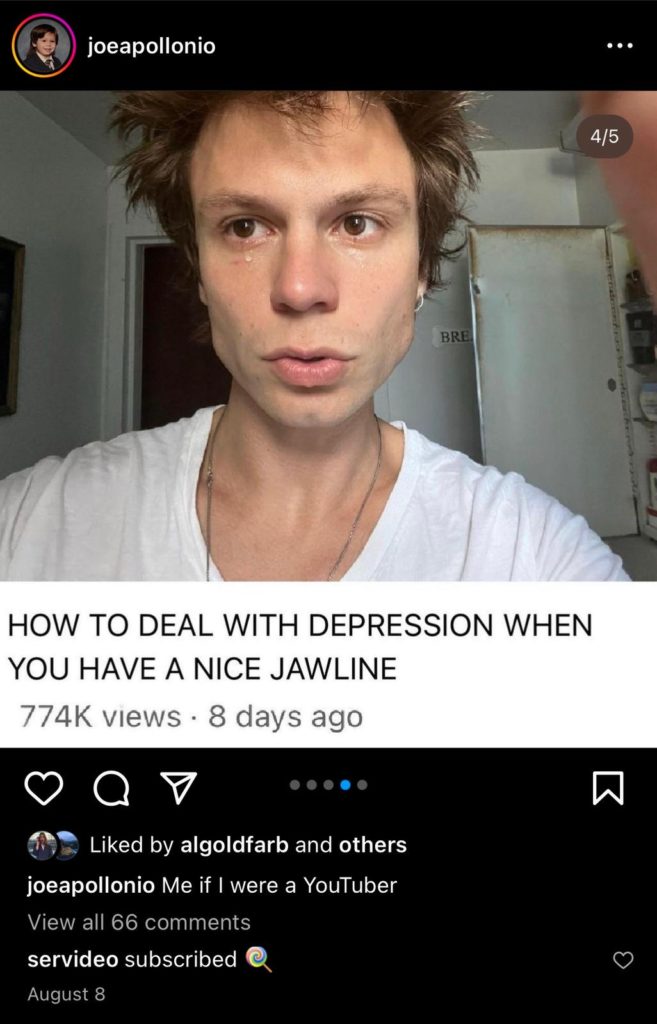

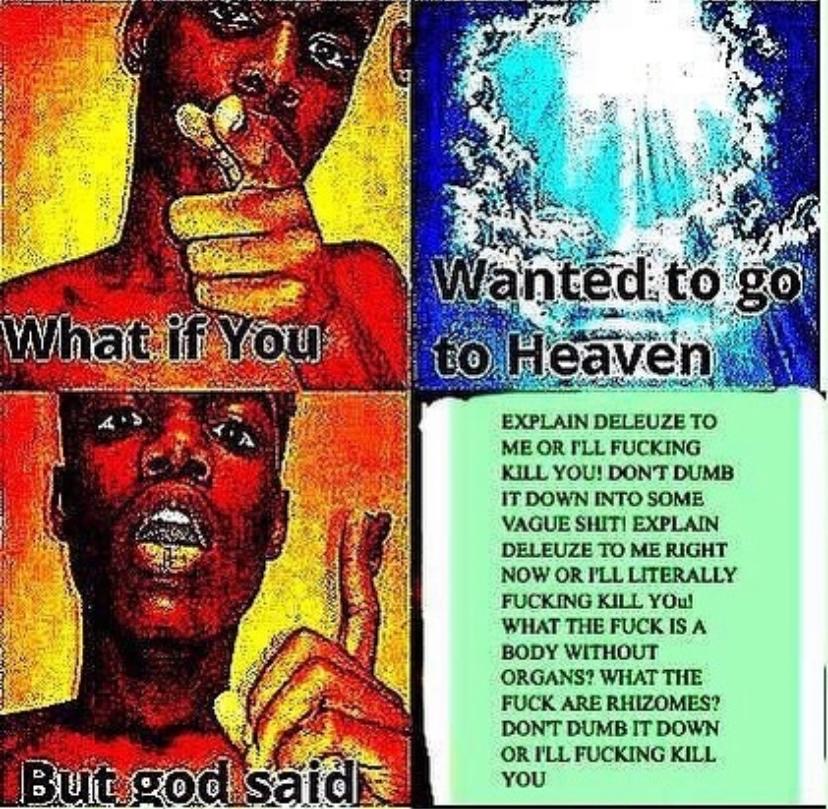
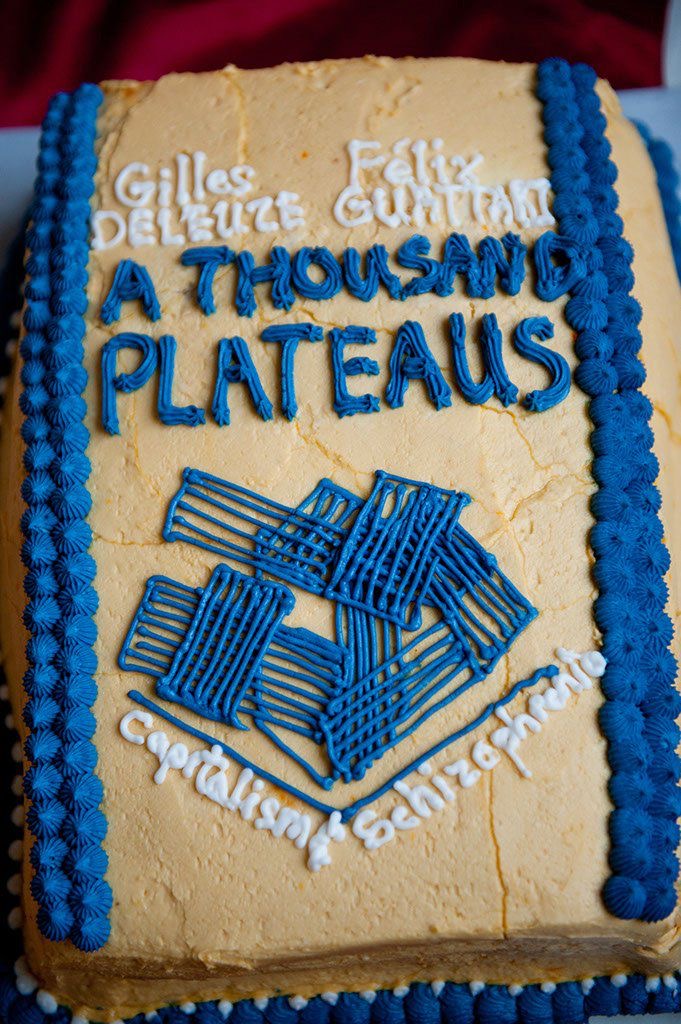
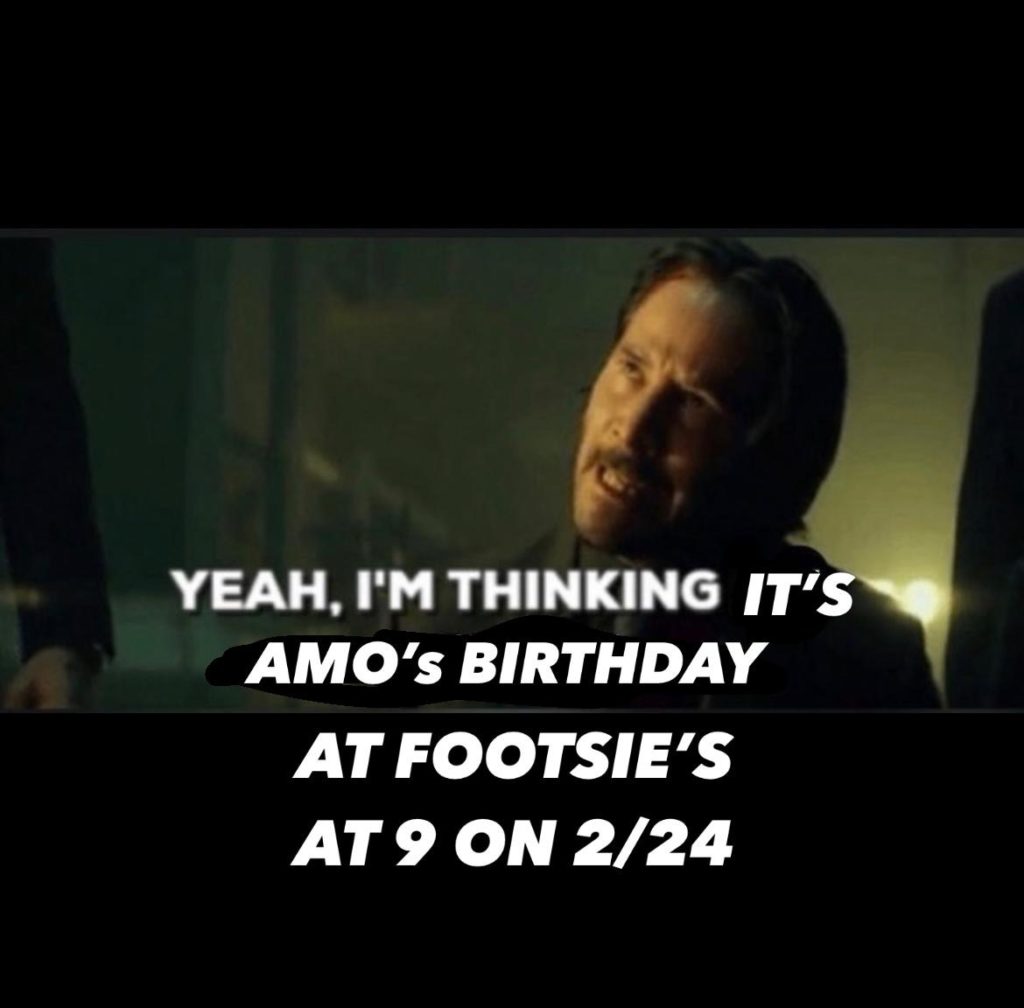
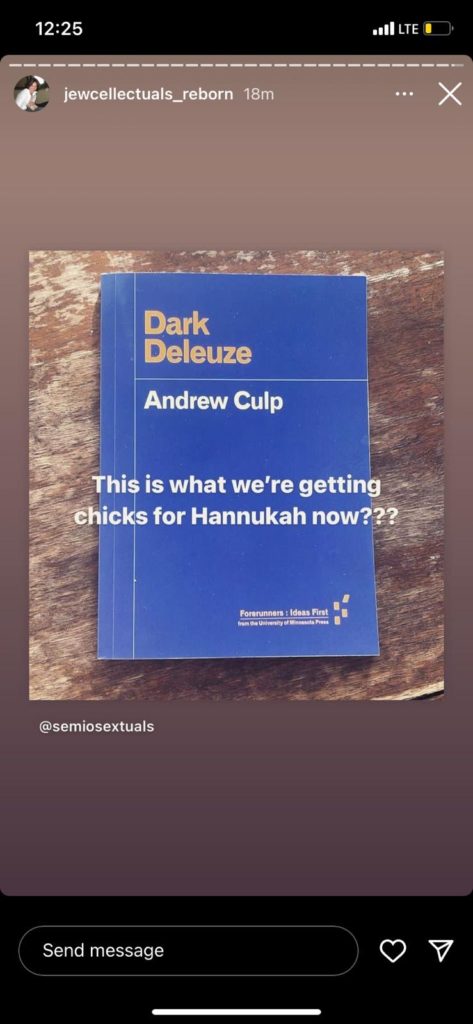
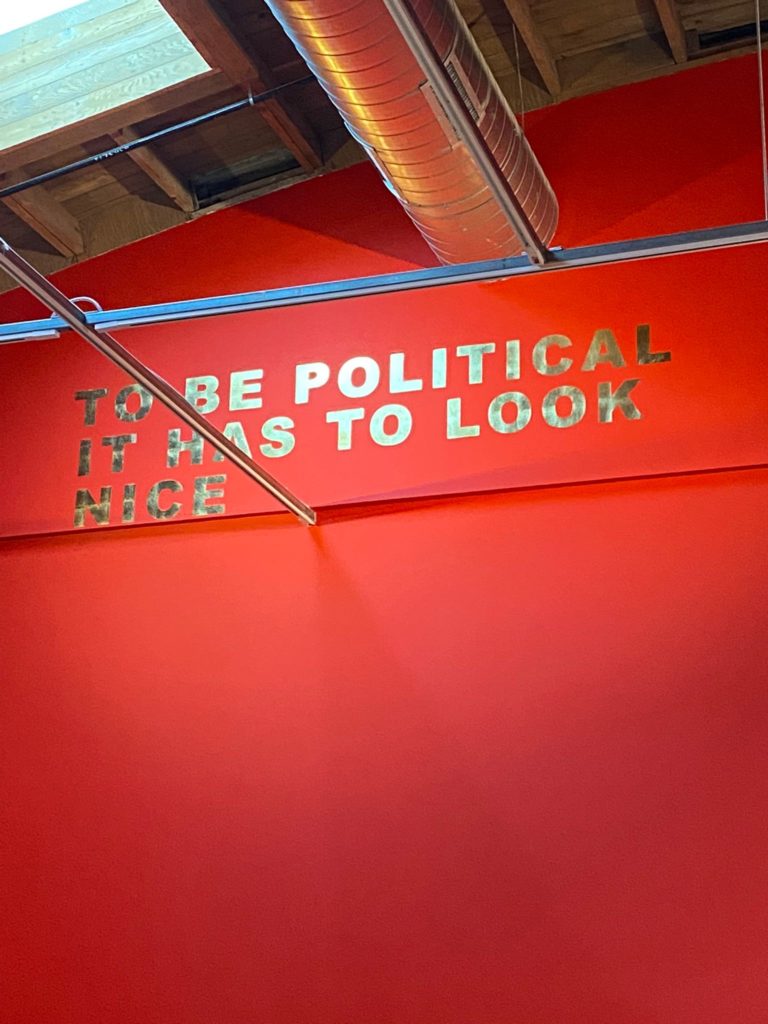
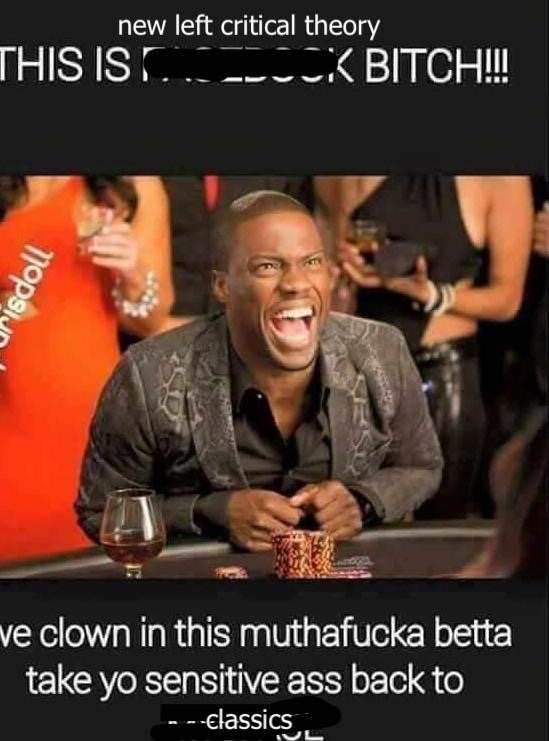
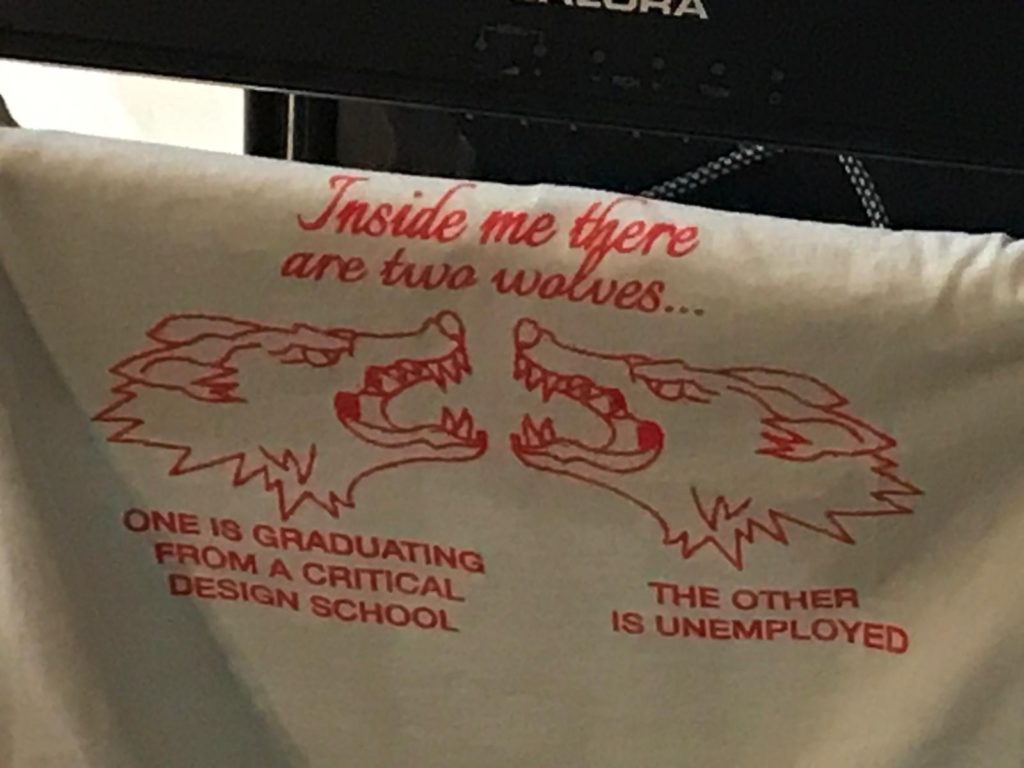
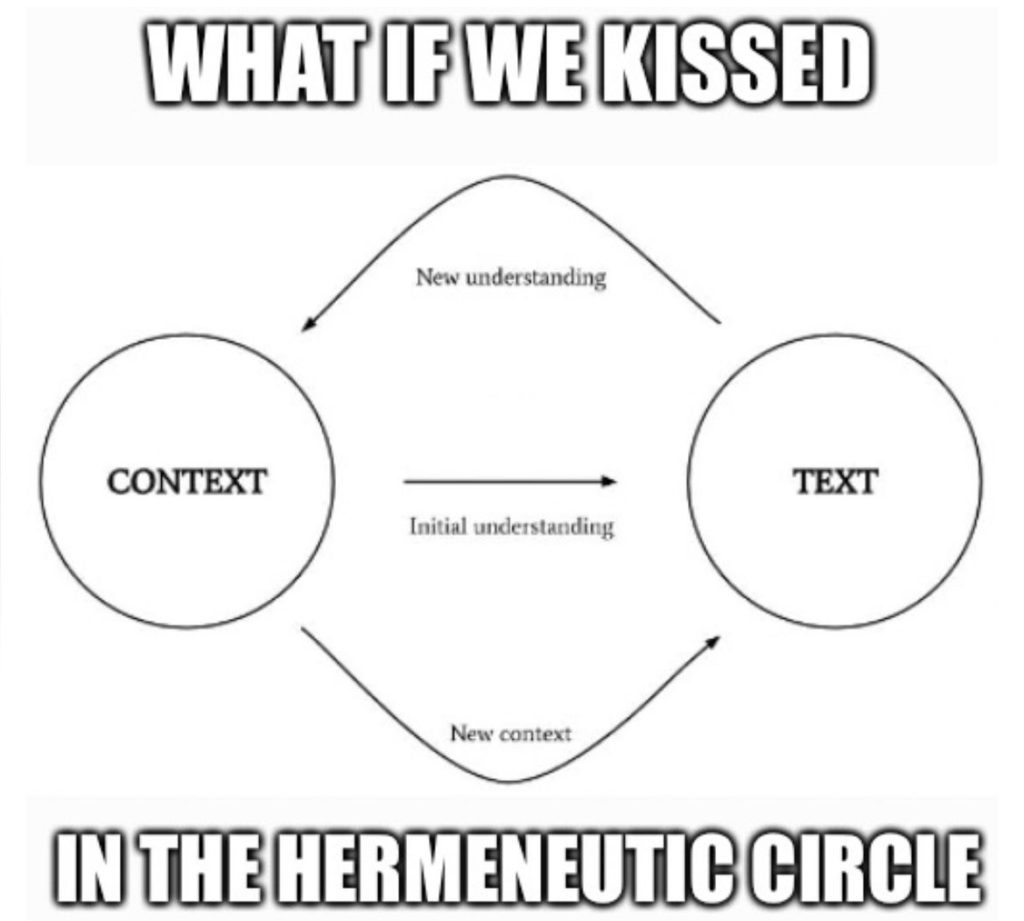

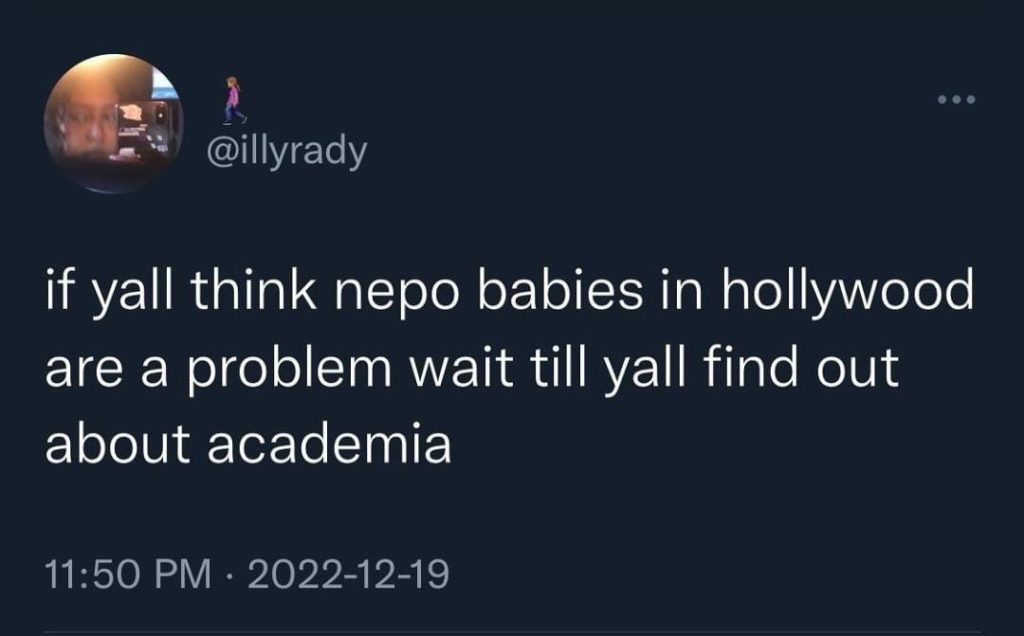
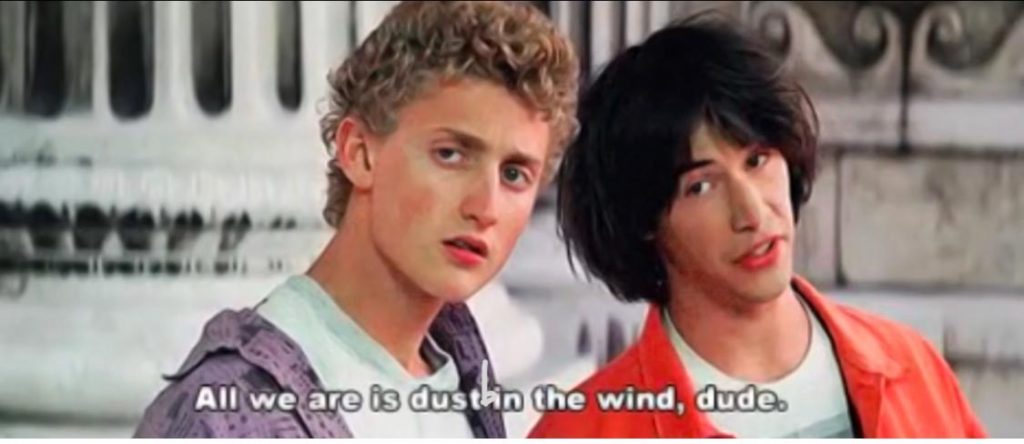



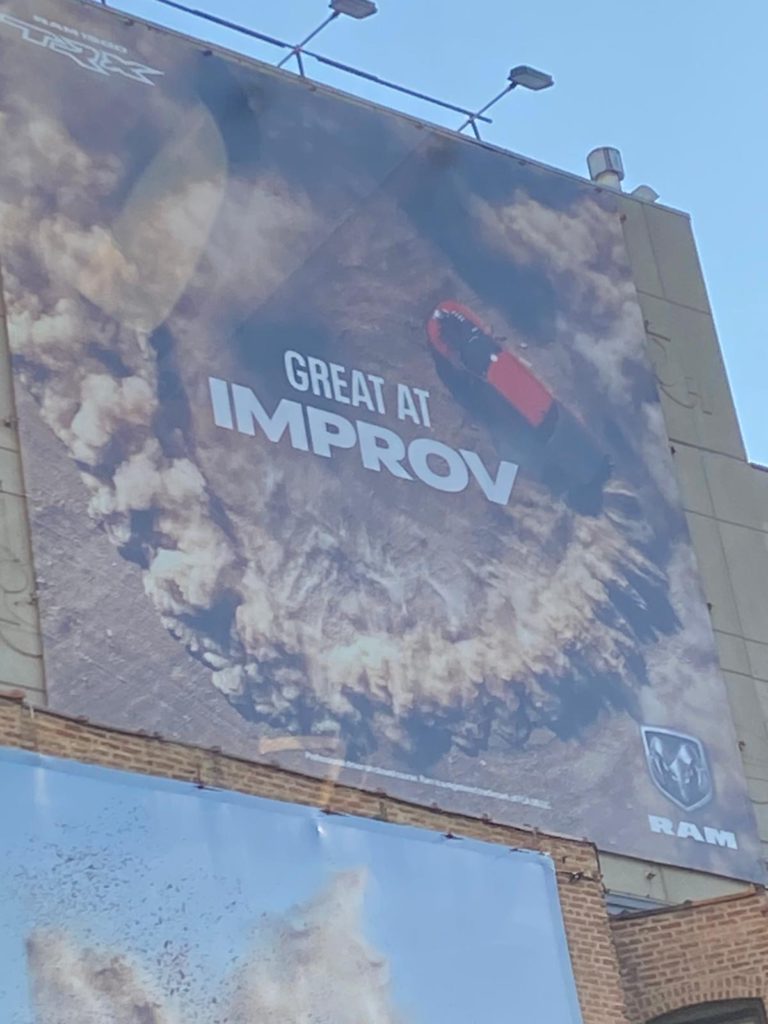
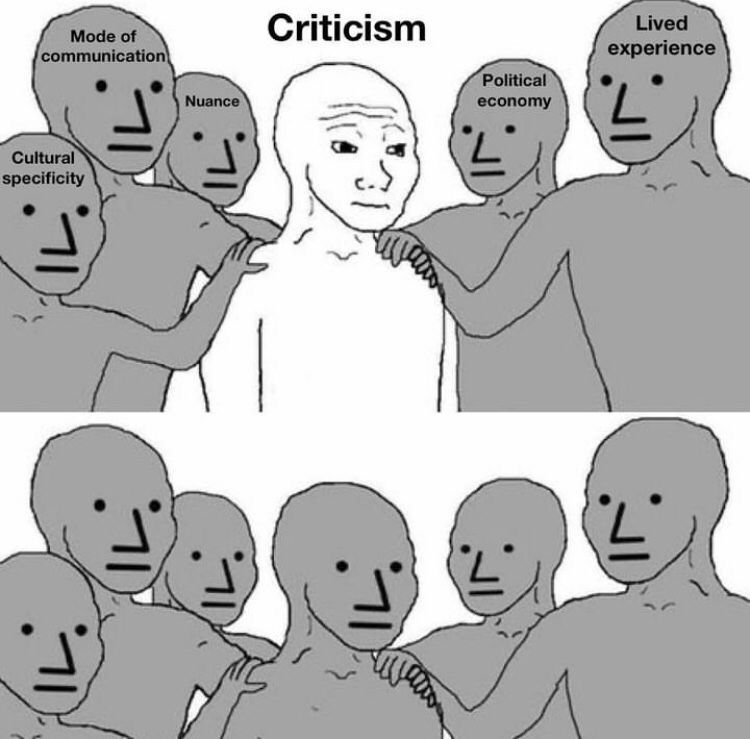
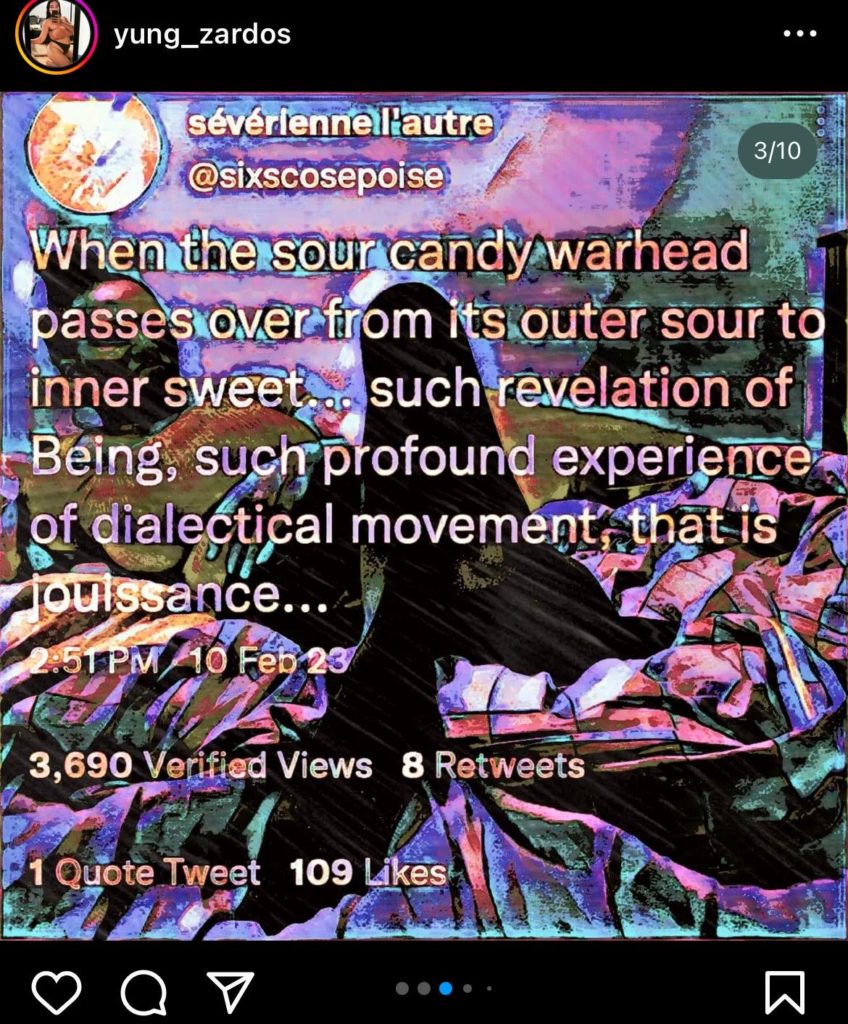
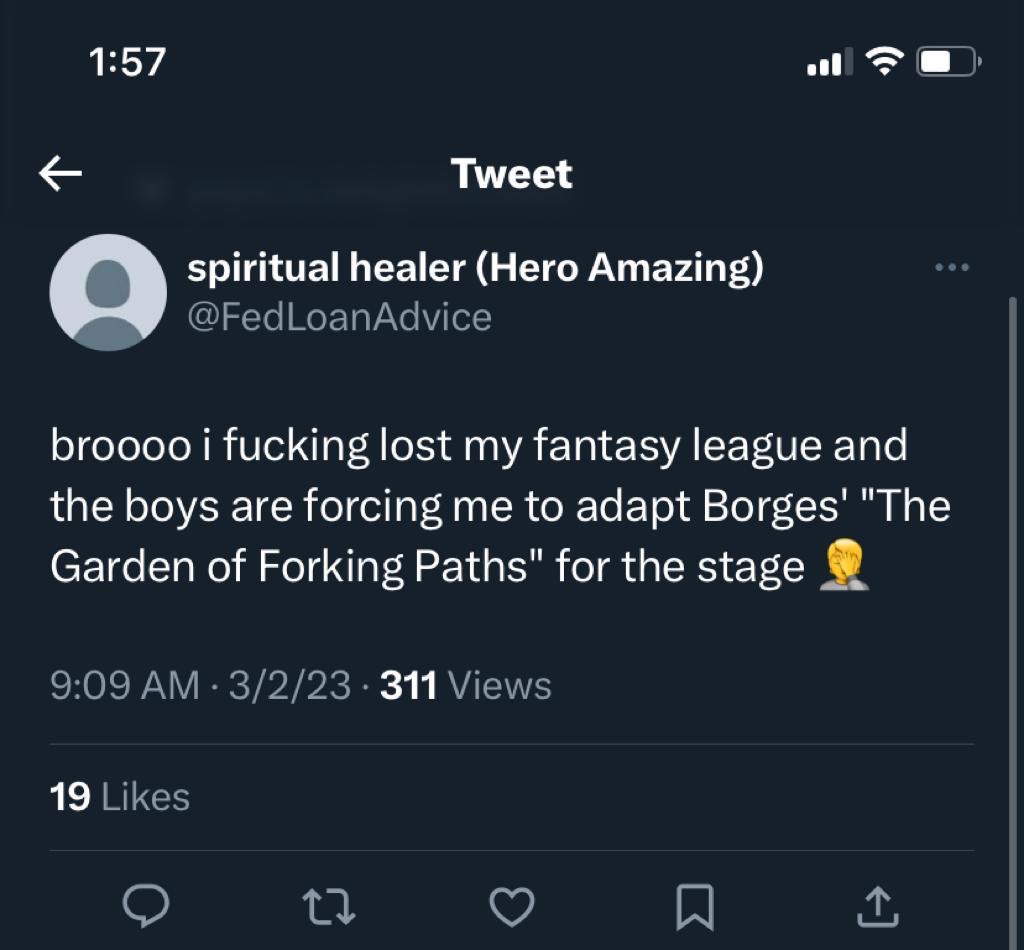
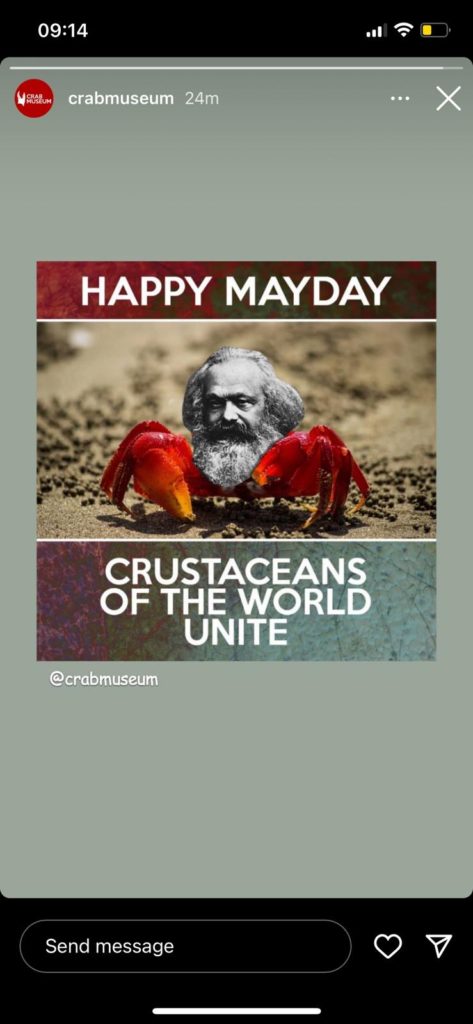
[ pending ]
[ pending ]
[ pending ]
[ pending ]
[ pending ]
[ pending ]
[ pending ]
[ pending ]
[ pending ]
[ pending ]
[ pending ]
Working a teaching job last summer, I accompanied a group of highschoolers to the Los Angeles County Museum of Art. Thinking that I had something important to teach them, I stopped on our tour of the museum under Michael Heizer’s Levitated Mass. My intention had been to encourage the students to understand the object in spatial, performative terms; considering that the work hovers menacingly above the viewer, speaking through its macho physicality and hulking poise, it made most sense to use it as a vehicle to show the indispensability of a temporal, bodily engagement with artworks; I knew that it is necessary to spend time with the object and feel its effect on the body in order to be able to discuss the slapstick hapticality of it later. Arriving at the work, however, I noticed that many of my students had wandered off and were looking at it from a distance, through the cameras in their iPhones. To the students who had come with me, I said something to the effect that they were the cultural elites of the group, and now had a privileged understanding of the work.

I had told the students that there was a correct way to engage with the object, concurrent with my reading of Western art history that encompasses the contributions of 20th century American Land Art. In other words, I shared with the students my learned ability to place Heizer’s work in its context. While I’m hesitant to interpret the students decision to engage only distally as critically iconoclastic (Heizer does seem to be asking for it with that title, but they were just looking for cool content), on reflection, I think that their instincts might have been good: Heizer’s work is primarily an image. The rock, clumsily mounted on a pair of metal wedges, is supposed to be Levitated, that is, read in terms of illusion and impossibility (or, less generously, as a tough guy feat of mastery over heavy shit). My educated instinct to impart something of the vocabulary of sculpture (which is the ostensibly paradigmatic tactile art form, since objects share our reality, and prompt an explicitly visceral, proprioceptive engagement) actually undermines the illusory aspects intended by the work, whereas a slickly filtered shot on Instagram communicates them, and this is without taking into consideration the widespread resignation to social media as the primary platform for art. Is it unhelpfully cynical to wonder whether it matters that I was “right” to encourage the students to feel the sculpture in the “proper” terms? Does it matter whether they understand it spatially and art historically, so that they might sublimate their experience, rather than flatten it into the continually renewing presentness of their newsfeeds for the maintenance of social capital and a short term relief from the constant pressures of content production? In other words, is there a place for the aesthetic moralism behind my attempt?
In her lecture “The Photographic Eye, The Cinematic Eye, and Moralist Aesthetics,” which took place at the West Hollywood Public Library in 2016, Claire Colebrook takes up the question of “proper” thinking by departing from philosophy’s ancient relationship to images. The “Moralist Aesthetics” in the title relates to the tendency in philosophy, in a general sense, to tell us how we ought to think. An aesthetic moralism diagnoses a condition of continuous degeneration away from “proper” thinking, fearing for the collective loss of the capacity for good judgement, which places the philosopher in the position of a corrective or steering agent among philistines who do not care to learn their histories or put themselves in context. Colebrook cites social media’s glut of decontextualized imagery that saturates vision and inundates thinking as an example of the contemporary enemy of aesthetic moralism. Her overarching rhetorical inquiry addresses the this relationship, primarily with reference to the work of Gilles Deleuze. She asks: How is it that a philosopher can tell people who are always thinking that they are not quite Thinking? What does it mean to think “properly”? How does the notion that there is a “proper” way to Think make sense? Must Thinking be understood in opposition to decontextualized, immanent engagement? Is the way that we experience images on an Instagram feed necessarily at odds with careful contextualisations in the historical?
Colebrook’s inquiry follows two main strands. The first is her contribution to the critique of “the human” as a category that excludes and neglects forms of knowledge that, by virtue of their origin or their historic subjection to censorship or destruction, are outside of Western canonical archives. The Eurocentric attachment to certain knowledges mirrors a “narcissistic” and “parochial” attachment to a certain version of ourselves. Colebrook’s repeated qualifications of her use of the plural pronouns “our,” “we,” and “us” become a refrain as she unpacks the working relationship between the shifting categorical boundaries that contain the “human” and the aesthetic moralism on which she puts pressure.
In her critique of the shifting denomination “human,” and its constitutive exclusions, Colebrook joins a multivocal conversation concerning the decentering of the privileged perspectives of the Western canonical archive, whose ideological nature has long been a focus of critique in feminist, critical race, queer, and postcolonial scholarship. Notably relevant in this context is Sylvia Wynter’s theory of Being Human As Praxis, in which she raises the social function of the origin story in order to outline a performative theory of the human in post-enlightenment capitalism. This “human” is born into patriarchal, colonial, Darwinian logics that subtend the supremacy of the white masculine capital accumulator and Wynter traces these logics to the enlightenment model that naturalises economic man and associated Malthusian scarcities, providing the justification for competition, where successes for some demand the social death of racialized, “naturally” deselected others, whose labor is nonetheless essential to the economy. Wynter’s critique is important in that it explicitly points to origin stories as productive of the “human” on the level of embodiment. Her centring of origin narratives is analogous with Colebrook’s interest in the archive as indispensable to “human” self-understanding. While this attachment is intrinsic to the point that it is somatic and even life-sustaining, she says, it is not essential to the existence of the human species as such. People need stories, but origin stories are not fixed, and nor are the distinctions they draw between types of bodies, nor the frameworks that privilege one form of life over another.
The second thread that Colebrook follows in her lecture departs from Gilles Deleuze’s claim that “only humans can be stupid,” or that there is a intrinsic tendency in humans toward the failure to think in the manner of which they are “capable.” The ableism that underscores this statement, which extends into a broader cultural linkage of personhood with normative capacities for articulacy, cognitive dexterity and processing speed, could be the subject of another paper. However, I have found it generative here to question the categorical boundary raised here from the direction of animal studies. Deleuze’s claim, according to Colebrook, is that animals cannot be “stupid” in the same way, because they are not able to think in terms of the virtual, which requires the ability to release the thought of the visceral from the body, and contemplate sensations as autonomous concepts and percepts. While animals ostensibly never fail to live up to their capacities, they are nonetheless always “stupid” in this framework, since they are limited to the actual and cannot create concepts or sublimate their thinking. The premise that the animal is driven solely by its body in the time and space of the actual, whereas the human is singularly capable of thinking in terms of the virtual, maintains a binary distinction between the categories of human and animal, and an implied understanding of the human species as self-sufficient.
The symbolic labor demanded of animals in order for humans to uphold this binary between human and nonhuman, and maintain a species hierarchy is a point of critique in animal studies. Science and Environment scholar Myra J. Hird writes:
Nonhuman animals have for some time been overburdened with the task of making sense of human social relations. In most cultures, and for most people, nonhuman animals are symbolic. It matters less how nonhuman animals behave, and more how we think they behave.
Myra J. Hird, “Animal Trans,” in Queering the Non/Human
Hyrd draws out the essentiality of animals to the project of humanism. Animals are instrumentalized as the material for its metaphors, becoming its symbols and examples. They are projected upon and upheld as models of the “natural”; gendered and sexualized in “human” terms, and used at times to bolster notions of social and bodily normativity. Animals and their images are often insidiously employed in the figuring and cultural representation of human racialization. These sense-making metaphors allow “us” to permanently defer “our” own human animality, or inhabit it selectively and santitarily, while simultaneously ensuring its essentiality to collective self-understanding. The animal is a constitutive exclusion that collapses the distancing of metaphor; animality pushes away from the “human,” while simultaneously drawing it closer.
The uncomfortable proximity of the “stupidity” of the animal to the “human” might be seen as the basis of the aesthetic moralism that Colebrook describes. The notion that the human as such is constituted by the unknowable otherness of animals, and their presumed inability to abstract their experience and conceive of time outside of the present. The “human” is imbricated with its abstract representation: its sequenced and recorded histories and literatures. These might be drawn on and drawn in as a form of self-curation and self-assembly. Understanding the self as “human,” therefore, is a mixture of metaphorical or symbolic identification with other humans and nonhumans, rejections of the other as not-me and the understanding of the self as a kind of synthesized collage or repository of read and collected histories. In other words, the creation of the self-as-human and the ability to successfully sublimate experiences into contextualized concepts are folded together.
In light of the unsustainability of the “human” outwith its archives and the Proper Thinking that is upheld by the exclusions of nonhumans and an individualistic conception of the self, Colebrook questions the legitimacy of the rejection of “animal” captivation, and instead posits the anti-archival notion of “becoming-stupid.” Providing as an example the iconic photograph of the Vietnam War by Nick Ut, featuring 9-year-old Phan Thị Kim Phúc running from a napalm attack, calling it an “exposure about exposure,” Colebrook suggests that it is relatively easy to know the histories of images, narrativise them and find ways to understand oneself as occupying the “good” side of history. Instead, she asks, what might it be to acknowledge that a moment of captivated visceral engagement, non-understanding and decontextualization that characterises “stupidity” is required, in order to start thinking? There is a classist Euro-anthropocentrism to the understanding that politics must be seen in terms of history when it is presumed that historicization transforms “stupid people who just look at stuff” into agents with knowledge of the conditions of their lives. The fear of the loss of the ways of thinking that rely on the archive is a manifestation of the elitist attachment to a certain kind of human. What would it be, not only to regard “stupidity” – captivated, embodied presentness – as non-oppositional to Thinking, but to dislocate Thinking from “the human,” as a necessarily historicized, privileged and independent category?

To gesture toward a model for this disturbance of the naturalised reliance on the archive, I will cite a Queer Media Manifesto by Raquel Guitierrez, titled “Radical Schlock.” In a similar vein to Jack Halberstam’s work on low theory, Guiterrez proposes a version of the narrative of the movie Freaky Friday as a model for the future of “queer media.” She proposes a filmic world in which queers change places with their pets, playing on the human-animal duality and speculating on an absurd cross species bodyswap. Guiterrez locates her politics in schlock, making explicit the link between the idea of elite institutional knowledges, bodily normalization, exploitative labor, state violence and exclusion by directly referencing the structures that enforce it. Her own “queerdo brown ass” inhabited by her dog would be arrested and detained for “butt-sniffing and territorial pissings.” A cat might take on a different kind of symbolic labor in service of the “human” when saddled with the workload and associated anxiety of a graduate student, or get fired for trying to organise against deadly bureaucracies and stultifying labor conditions. Guiterrez’s manifesto closes:
In short, I long for queer radical schlock. Of color. Maybe a more pronounced sense of humor that cuts deep. More laughter, less finger-wagging. A labor that reads you with throwaway materials rife with indelible images. Maybe nobody eating dogshit per se. But close.
Raquel Guiterrez, “Radical Schlock”, in Queer Media Manifestos
Via the dislocating transformation of a human into a “hairy faggot licking his balls for hours,” Guiterrez’s manifesto against moralistic rulemaking and pious misery enlivens an idea of a minoritarian anti- or alterna- archival impulse. “A labor that reads you” might be more difficult to instrumentalize. Written on “throwaway materials” that will not be archived, but are nonetheless “rife with indelible images” like those in an enthrallingly obnoxious John Waters movie. Guiterrez places politics in the present: in fantasies and desires for forms of self-conception, presentation and interpretation that trouble boundaries from the outset, recognise species interdependence and human animality, flirt with possibilities that “we” will not recognise “our” selves, and are always disposable.
References:
Guiterrez, Raquel, “Radical Schlock”, in Queer Media Manifestos, GLQ: A Journal of Gay and Lesbian Studies, Volume 19, Number 4, 2013
Hird, Myra J., “Animal Trans,” in Queering the Non/Human, Hird, Myra J., and Noreen Giffney, (eds.), (Abingdon: Taylor and Francis Group, 2008)
Wynter, Sylvia, On Being Human as Praxis, Katherine McKittrick (ed.), (USA, Duke University Press, 2014)